These are mistakes many people commonly make.
Others are reading now
Even small errors in dog training can have major consequences for the dog’s well-being and the relationship with its owner.
This article goes through the most common mistakes and offers concrete advice on how to avoid them.
The goal is to create a more harmonious daily life with a secure and well-adjusted dog.
Unclear rules and inconsistency
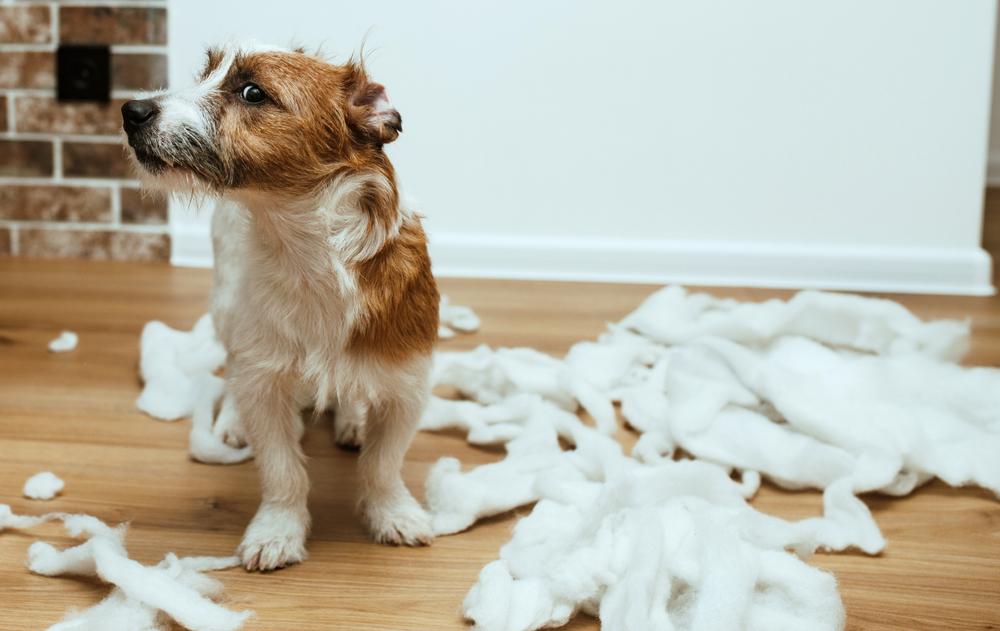
- The dog becomes confused when rules are unclear and constantly changing.
- This leads to insecurity and unwanted behavior, as the dog doesn’t know what’s right or wrong.
- Set clear, consistent rules that the entire family follows.
Lack of socialization
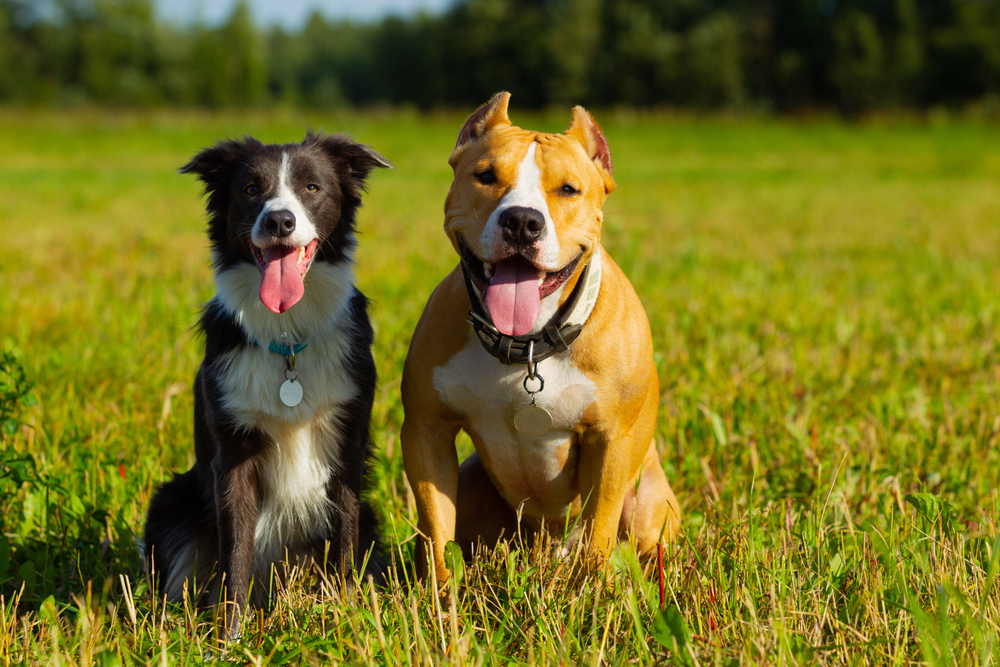
- The dog doesn’t get enough exposure to new people, animals, and environments in its early weeks.
- This can lead to fear, nervousness, and aggressive behavior later in life.
- Introduce the dog to different settings and experiences in a safe and controlled way from a young age.
Excessive punishment

- Harsh punishment creates fear and distrust between dog and owner.
- It hinders learning and can result in stress or aggression.
- Use positive reinforcement and gentle correction instead of punishment.
Lack of patience
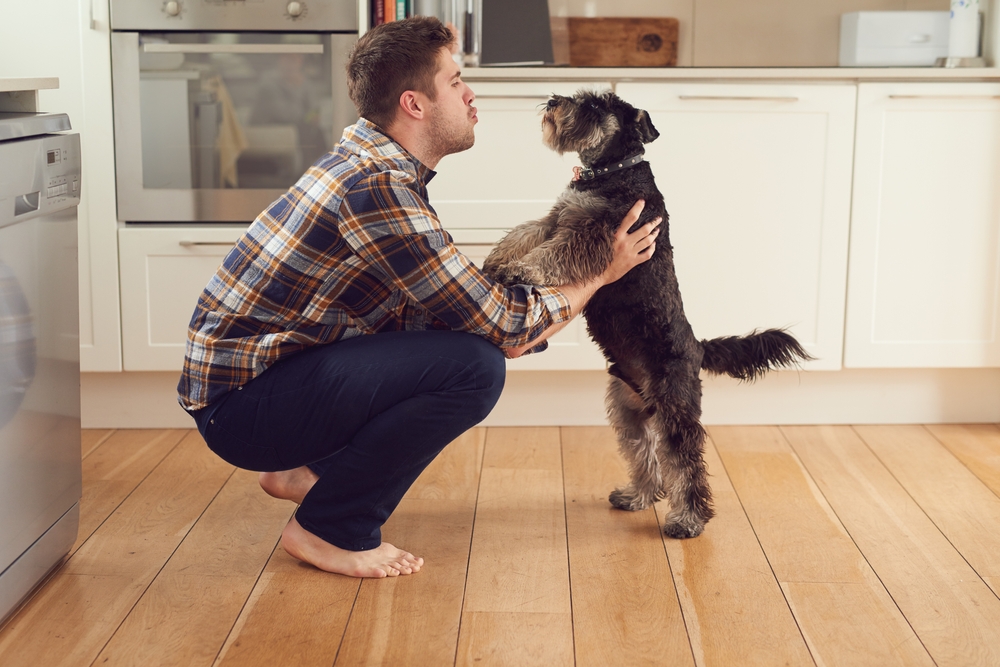
- Unrealistic expectations put pressure on both dog and owner.
- Frustration can lead to inappropriate training methods.
- Accept that learning takes time and adjust the pace to suit the dog’s level.
Rewarding unwanted behavior
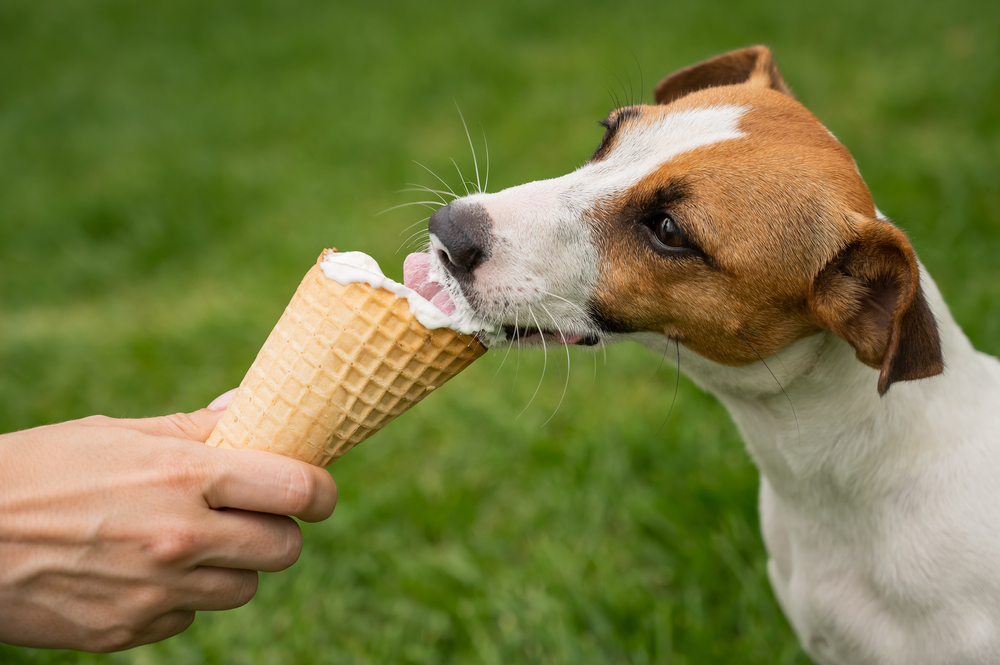
- The dog gets attention or treats when behaving inappropriately.
- This reinforces the behavior and makes it harder to change.
- Ignore unwanted behavior and reward only what you want to encourage.
Lack of mental stimulation

- The dog gets bored without tasks or challenges.
- Boredom can lead to destructive behavior and restlessness.
- Provide daily mental tasks such as scent games, tricks, or problem-solving.
Insufficient physical exercise

- Too little exercise results in excess energy and restlessness.
- This can lead to barking, hyperactivity, and other behavioral problems.
- Ensure daily walks and physical activities suited to the breed.
Humanizing the dog

- The dog develops expectations it cannot fulfill.
- This causes frustration and confusion for both dog and owner.
- See the dog for what it is – an animal with its own needs and instincts.
Too many commands at once
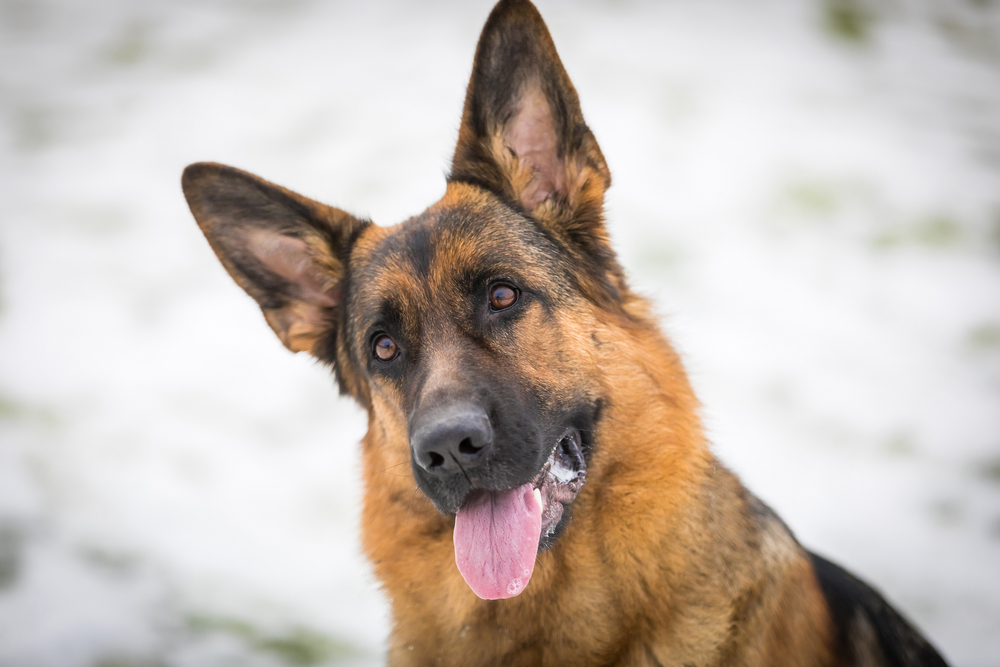
- The dog doesn’t know which command to respond to.
- This leads to confusion and reduced obedience.
- Give one clear command at a time and wait for a response.
Inconsistent training
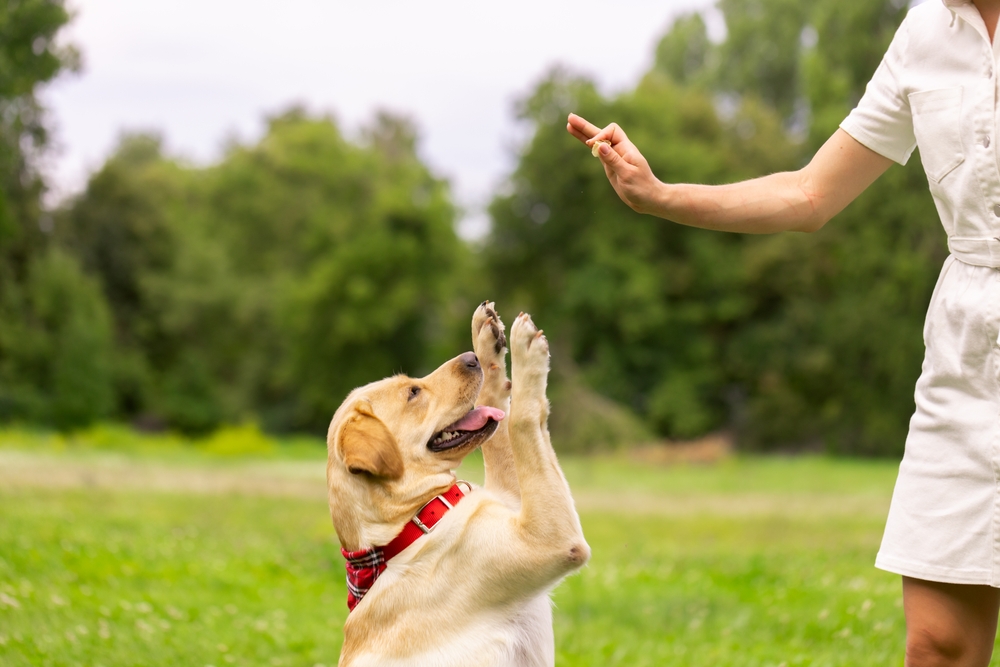
- The dog doesn’t learn when training is sporadic.
- A lack of routine makes it hard to maintain learned behaviors.
- Train regularly and make it a consistent part of daily life.
Ignoring body language

- Many people overlook signals of stress or discomfort.
- This leads to misunderstandings and potential conflict.
- Learn to read and respect your dog’s body language.
Not teaching the dog to be alone

- The dog becomes dependent on constant company.
- This can lead to separation anxiety and destructive behavior.
- Gradually train alone-time from puppyhood.
Mistakes in treat usage
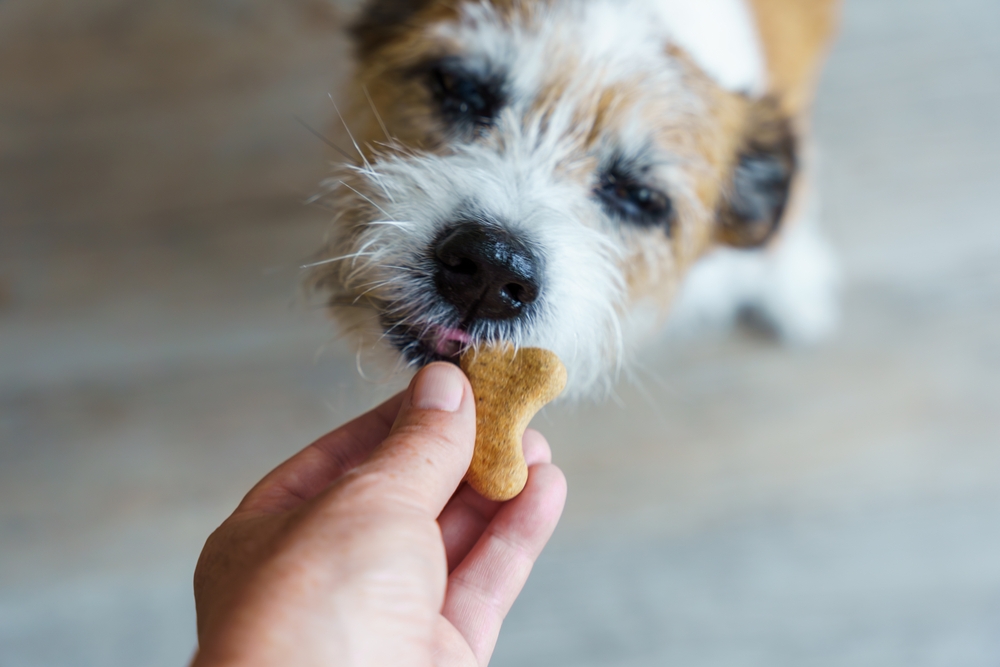
- Poor timing can reward unwanted behavior.
- Treats given at the wrong moment confuse the dog.
- Give the reward precisely when the desired behavior occurs.
Underestimating breed-specific needs
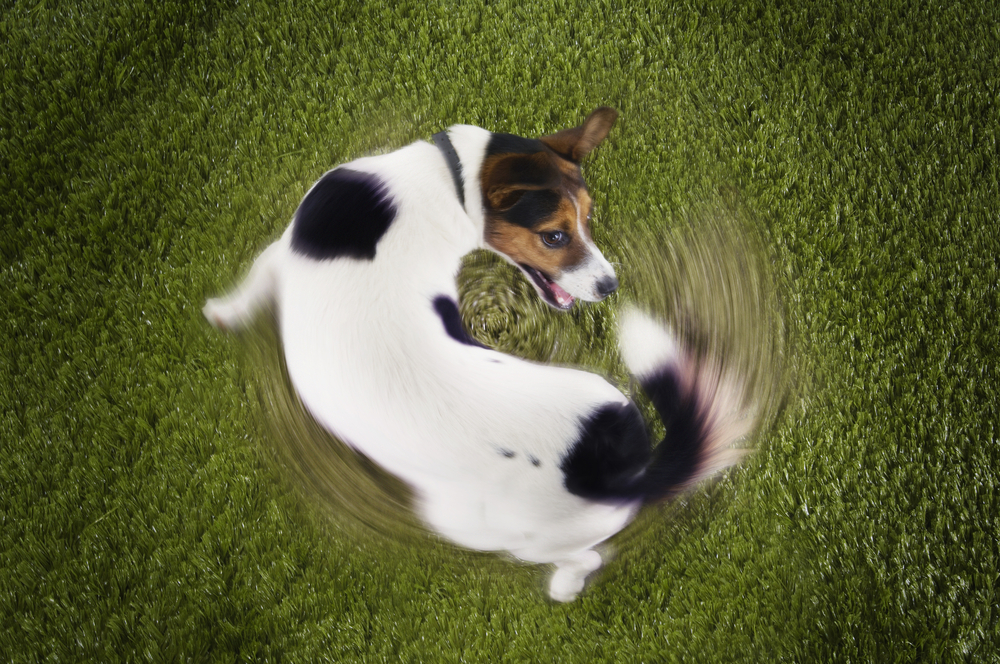
- Some breeds require more activity and stimulation than others.
- Lack of understanding leads to frustrated and restless dogs.
- Learn about your breed’s needs and adjust training and activity accordingly.
Waiting too long to seek help

- Problems grow when ignored for too long.
- The longer a behavior continues, the harder it is to change.
- Seek professional help early if you’re unsure how to handle a problem.








